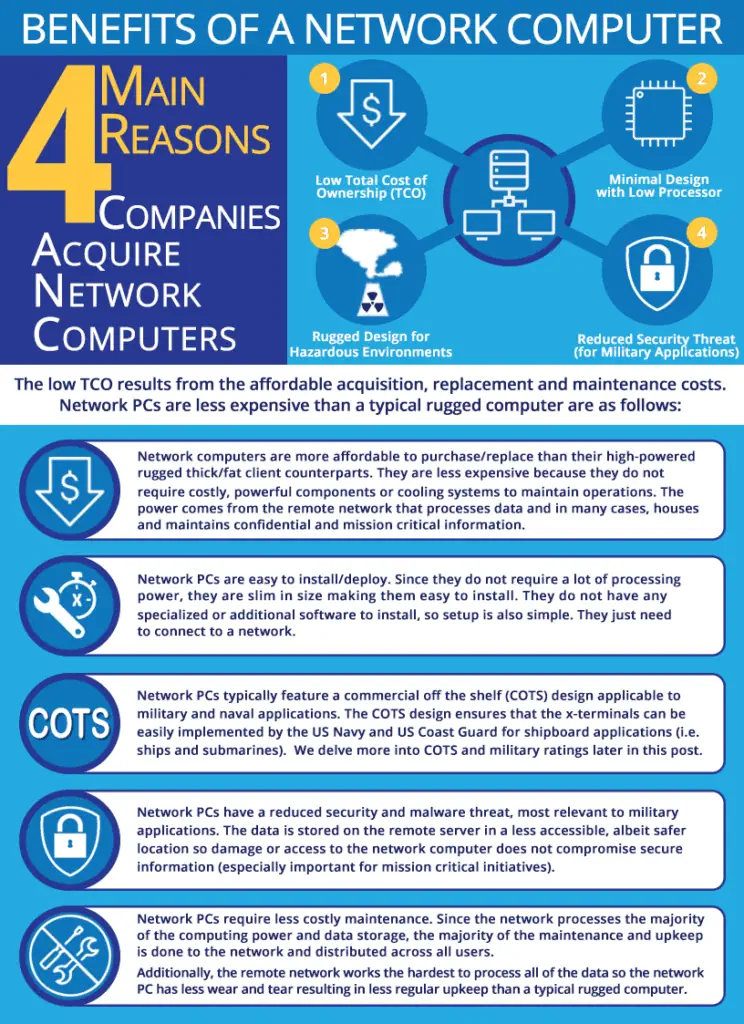Features of Food Processing and Pharmaceutical Computers
Hazardous computers and monitors feature an aseptic wash-down design with chemical-resistant safety glass to withstand corrosive chemicals and other substances used to thoroughly clean equipment. The large flat panel display can be easily seen in wide range of light conditions and reduce power requirements, eliminating the need for external cooling systems.
Accessories for Food Processing and Pharmaceutical Computers
Some food and pharmaceutical applications require hazardous computers with either attached or built-in purge controls to reduce hazards to an unclassified level. There are three types of purge controls available for hazardous PCs.
Hazardous computers can also be installed up to 32,000 feet away from the hazardous display and input devices by utilizing a KVM extender system. The KVM extender allows you to further customize the industrial computer solution to your needs.
Ratings for Food Processing and Pharmaceutical Computers
Industrial and hazardous computers rated for Division 1 and Division 2, Zone 2 environments. They are housed in NEMA 4X rated enclosures, meaning it can tolerate the dirt, debris, chemicals and water common in food processing and pharmaceutical facilities.


